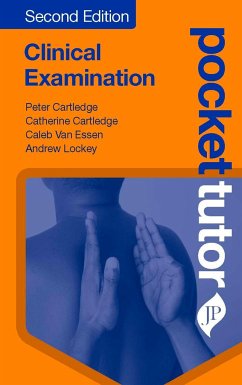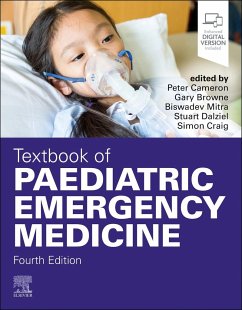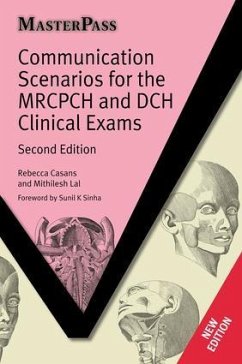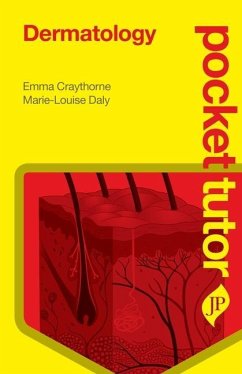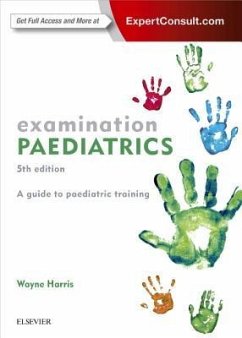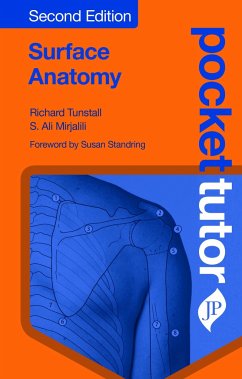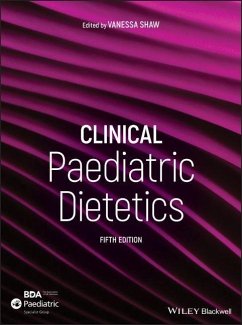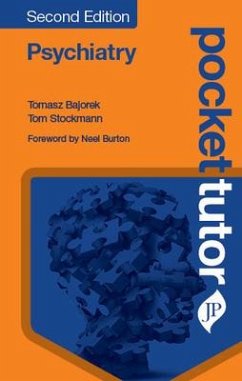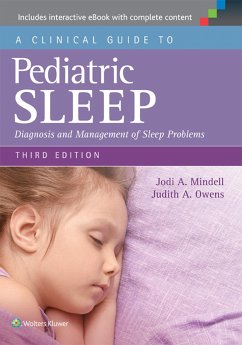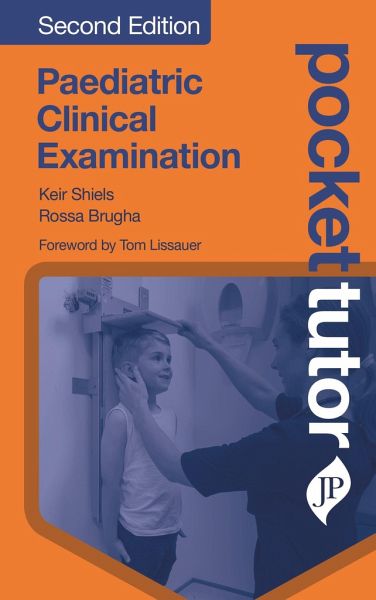
Pocket Tutor Paediatric Clinical Examination
Second Edition
Versandkostenfrei!
Versandfertig in 2-4 Wochen
39,99 €
inkl. MwSt.

PAYBACK Punkte
20 °P sammeln!
Pocket Tutor Paediatric Clinical Examination is an indispensable guide to the examination of children, a challenging part of clinical practice for medical students and junior doctors as it involves dealing with newborn babies through to teenagers (often also the childâ s parents or guardians) and requires different communication skills and knowledge.



